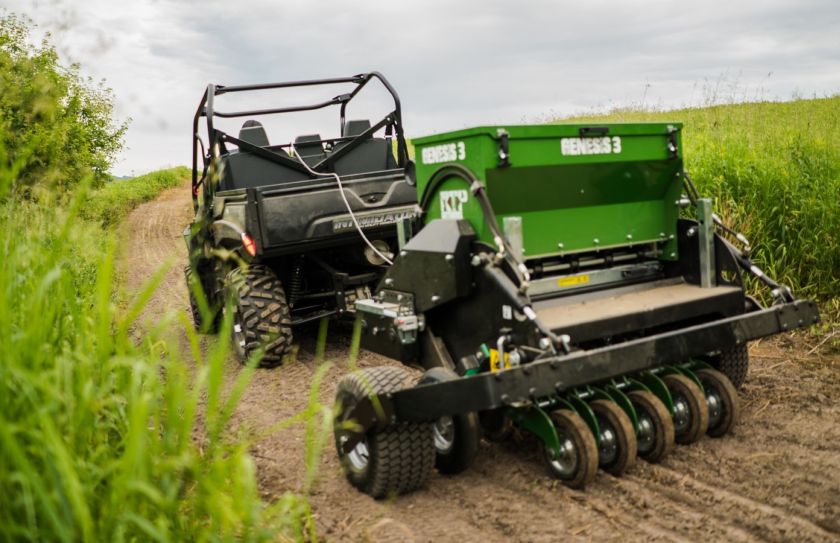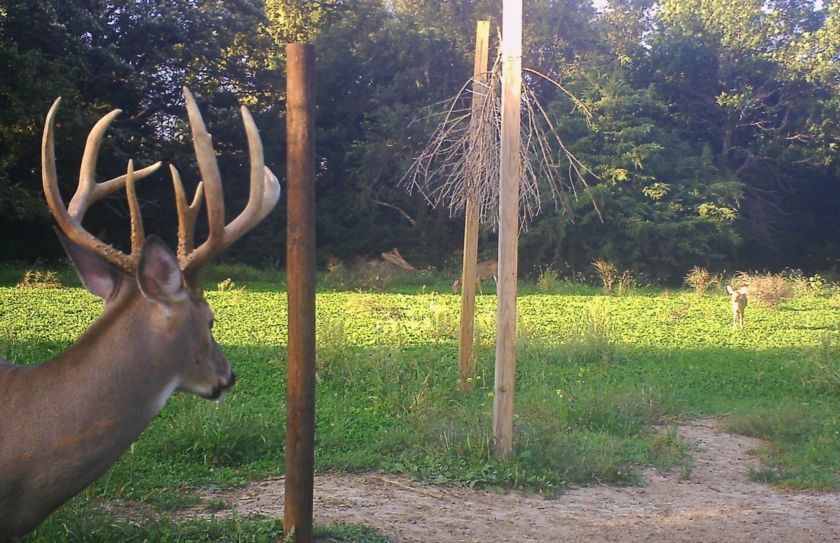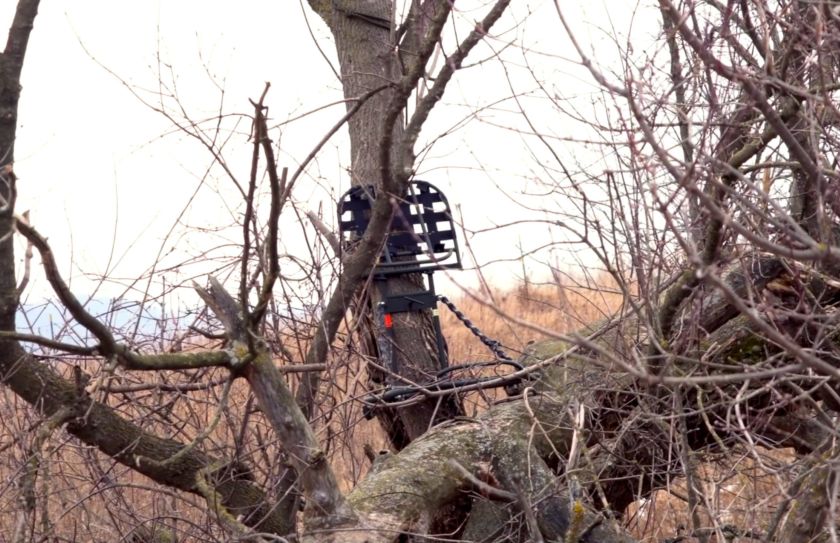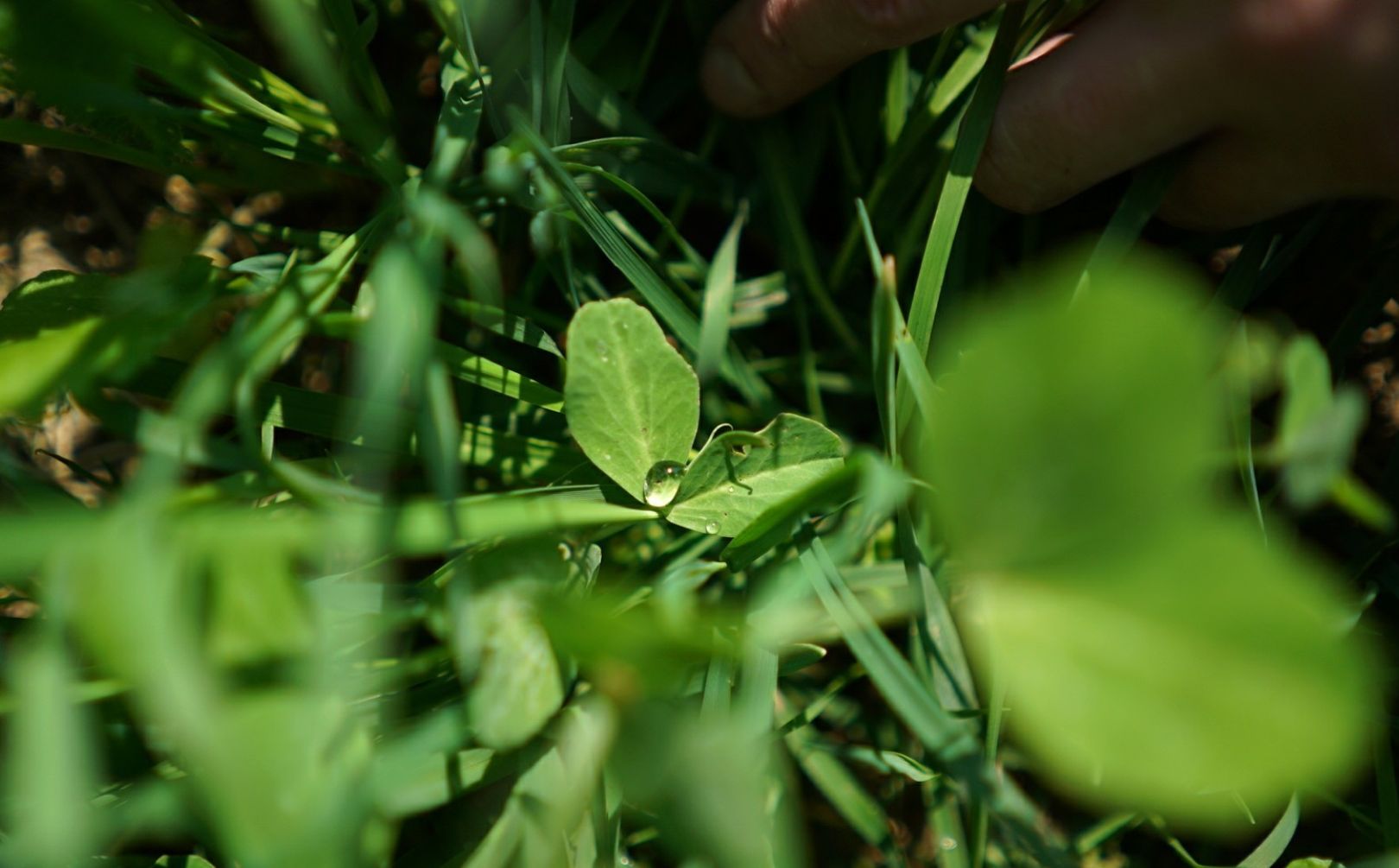
There are 5 important steps to attracting deer to your food plots during the shooting hours, and not during the night. Non invasive hunting access, hunting pressure, daytime browse, consistent food plot forage attraction and secure habitat to and from your food plots for the local deer herd, are all necessary to make sure that the entire local deer herd does not turn into a nocturnal herd.
Nocturnal food plots accomplish very little when it comes to attempting to build a quality herd or hunt. Also, during the night deer love to lounge, feed and socialize. A couple of interesting concepts that I've experienced during my whitetail travels is that daylight mature buck parcels account for less than 10% of all deer parcels. Also, parcels that attract deer nocturnally to food plots, need significantly more food to feed the local deer herd.
Deer feed five times in a 24 hour period. Daylight deer parcels send deer from bedding areas on or near parcel borders to afternoon food plots during a feeding period that takes place approximately an hour prior to dark (feeding #3). After dark, deer seek open, safe and social food sources that they can lazily consume during their two primary feedings under the cover of darkness (feedings #4 and #5) and then the deer herd is back in their bedding areas to feed on woody browse, acorns, briars, etc. for feedings 1 and 2, during their entire 24 hour rhythmic pattern feeding cycle. It's important that you not only save your food sources for primarily daylight feeding only, but that you manage a daylight parcel to the benefit of both your herd and hunting ambitions.
*Yes...that Redneck Ghillie BLENDS! Does you blind setup pass the 100 yard test? If you can see your blind from 100 yards or more, it isn'tHidden Enough.
How To Create Daylight Food Plot Movement
1. Non Invasive Food Plot Access
If you can't get in and out of your land or stand without spooking deer, then I would shrink the plot, screen the plot or get rid of the food plot. Managing nocturnal herd adds very little value to the herd and can actually be highly counterproductive to your hunt.
2. Zero Hunting Pressure
Everyone worries greatly about scent and site, but what deer hear during your approach, hunt and departure can be far more intrusive. How many potentially incredible hunts have been ruined because of noisy clothing, noisy stands or squeaky gear? Sometimes a hunt is ruined before a hunter even gets settled in to hunt and when it comes to keeping a food plot from turning nocturnal, the deer can never know that you are coming, or leaving.
3. Daytime Bedding Browse
In order for deer to use a food plot during the daylight, they need to be able to bed during the daylight, very close by. Bedding during the daylight requires hardwood regeneration, acorns, briars and other forms of mid-value forages to be available within a deer's bedding area. Bedding areas consisting of all conifer, grasses or other food-less forages, will not be able to support the daily needs of whitetails, which need to feed twice during the daylight hours, within their bedding areas. No quality forages within potential bedding areas adjacent to food sources, equals very few deer if any, that will be able to reach your food plots during shooting hours.
4. Consistent Food Plot Forage Attraction
If your food runs out at any point of the season, then you should expect deer to establish daylight patterns elsewhere. Often, deer do not re-establish their preferred, daylight Fall habitat locations unless forced to due to hunting pressure, lack of food, lack of cover or some combination of all 3.
5. Adequate Travel Cover For Deer
If large expansive coverless fields, pastures or hardwoods are located between your favorite food plot and well-established deer bedding areas, deer (in particular mature bucks), will rarely make it to your plantings during daylight.
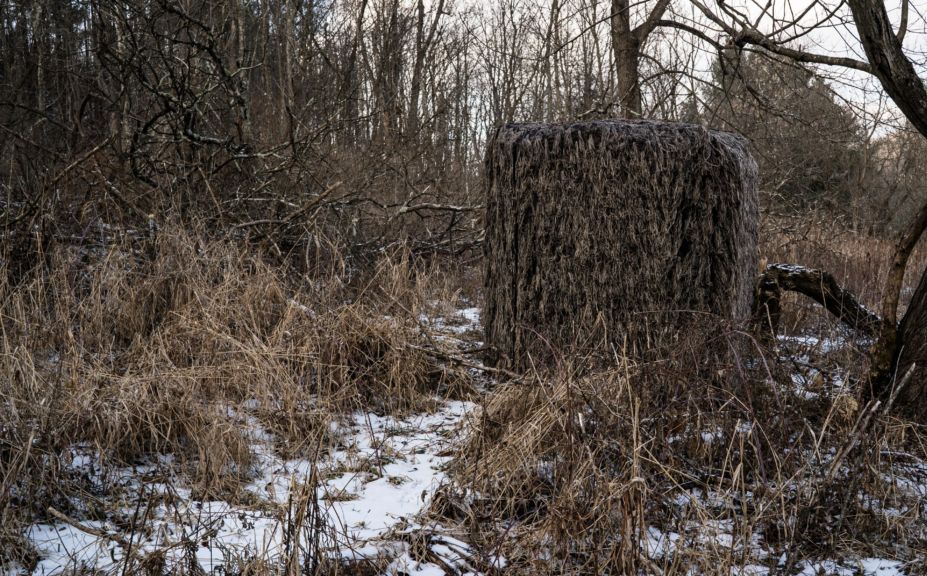
Conclusion
If you plant your food plots and hunt on small parcels of land like I do, you just can't afford to establish a food plot program that eventually creates a nocturnal herd. If I am not hunting on public land, I typically spend my time hunting on three parcels of private land that fall between 40 and 50 acres. Even hunters on parcel sizes of 500 acres or more can fully the experience the damning potential of a nocturnal food plot program. The entire 5 point strategy of creating daylight food plot use on your land, can be summed up in this simple phrase: Don't let the deer hear you, see you or smell you. Outside of making sure that the deer have adequate travel cover to and from deer stands as well as enough food to last the entire season, never letting them know that you are coming will go an incredibly long ways towards helping you attain your whitetail herd and hunting goals.
-Jeff Sturgis
